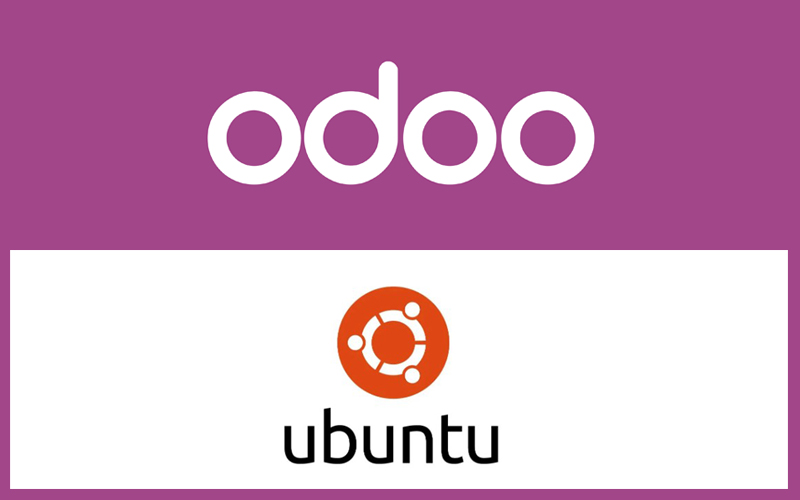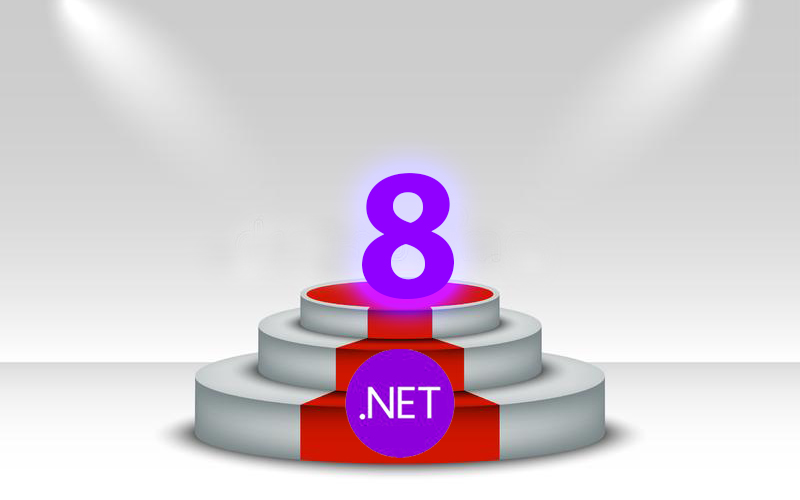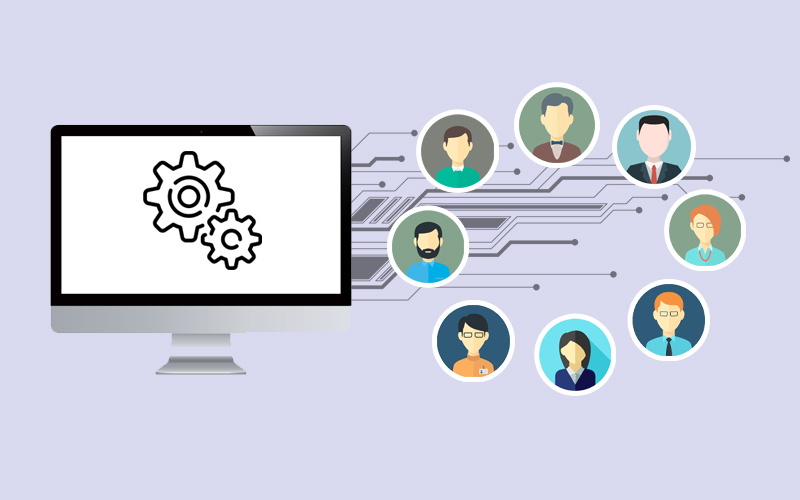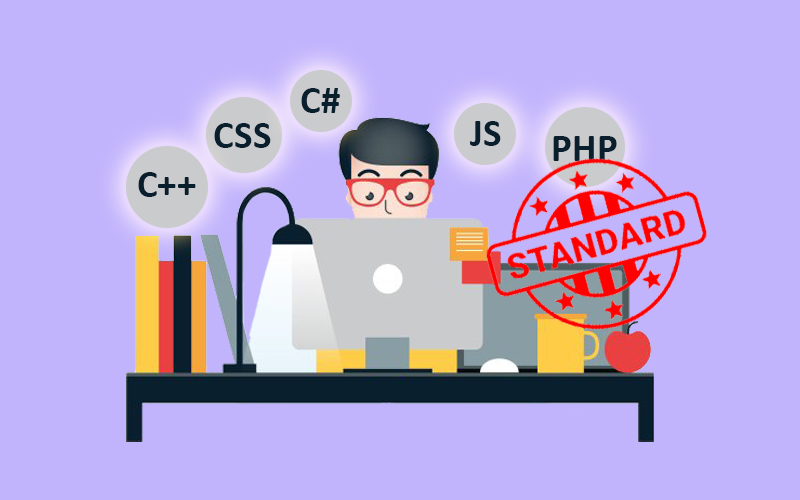
Unleash Your Business By Installing Odoo 17 On Your Ubuntu System


How to Install Odoo 17 On Your Ubuntu System?
Odoo 17 is the latest version of Odoo, an open-source enterprise resource planning (ERP) software. It offers a suite of integrated business applications that manage various aspects of a company’s operations
Installing Odoo 17 on Ubuntu can be done in a few different ways, depending on your needs and preferences.
Here are two common methods:
Method 1: Using the Official Odoo Repository
1. This is the easiest method and is recommended for most users.
Update your system by using this command:
sudo apt update && sudo apt upgrade
2. Add the Odoo repository:
sudo add-apt-repository ppa:odoo/odoo-17
3. Update the package list again:
sudo apt update
4. Install Odoo:
sudo apt install odoo-17
5. Start Odoo:
sudo systemctl start odoo
6. Open your web browser and go to http://localhost:8069
You should now see the Odoo login screen.
Method 2: Using a Virtual Environment and Python
This method is recommended if you want to isolate Odoo from the rest of your system.
1. Install Python 3 and virtualenv:
sudo apt install python3 python3-pip
sudo pip3 install virtualenv
2. Create a virtual environment:
virtualenv odoo-17-venv
3. Activate the virtual environment:
source odoo-17-venv/bin/activate
4. Install Odoo:
pip3 install odoo
5. Create a special system user named “odoo” to run the Odoo application:
sudo adduser --system --no-create-home odoo
adduser: The command to create a new user account.
–system: Specifies that this user is a system user, without a login shell or home directory.
–no-create-home: Prevents the creation of a home directory for this user, as it’s not needed for system users.
6. Change the ownership of the Odoo directory (located at /opt/odoo) to the newly created “odoo” user.:
sudo chown -R odoo:odoo /opt/odoo
7. Initialize the Odoo database:
odoo --db-host=localhost --db-user=odoo --db-password=odoo --db-name=odoo17
8. Start Odoo:
odoo
9. Open your web browser and go to http://localhost:8069
The 8069 in the URL http://localhost:8069 is typically the same port number used by Odoo by default.
You should now see the Odoo login screen.
Here are some additional tips for installing Odoo on Ubuntu:
- Make sure you have at least 2GB of RAM and 10GB of disk space available.
- You can change the port that Odoo runs on by editing the odoo.conf file.
- You can install additional Odoo modules by using the odoo addons install command.
Addons in Odoo are extensions or modules that add new features and functionalities to the core Odoo platform. They’re designed to expand Odoo’s capabilities, allowing you to tailor it to your specific business needs.
Commands for Managing Addons:
Installs a specific addon from the Odoo App Store or a local repository:
odoo addons install <addon_name>
Installs an addon from a local file path:
odoo addons install path/to/addon
Updates an installed addon to its latest version.
odoo addons update <addon_name>+
Shows a list of all installed addons.
odoo addons list
Removes an installed addon.
odoo addons uninstall <addon_name>:
While there’s no direct command, you can enable or disable addons from the Odoo web interface under Apps > Apps.
Updates all installed addons to their latest compatible versions.
odoo -u all
Updates a specific module without upgrading Odoo itself.
odoo -u <module_name>
It’s recommended to create backups of your database before making significant changes to Odoo’s modules.
Overall, Odoo 17 offers a robust and versatile ERP solution with significant advancements in functionality, usability, and security. It caters to the needs of various businesses looking to streamline operations, improve efficiency, and gain a competitive edge.











Recent Comments